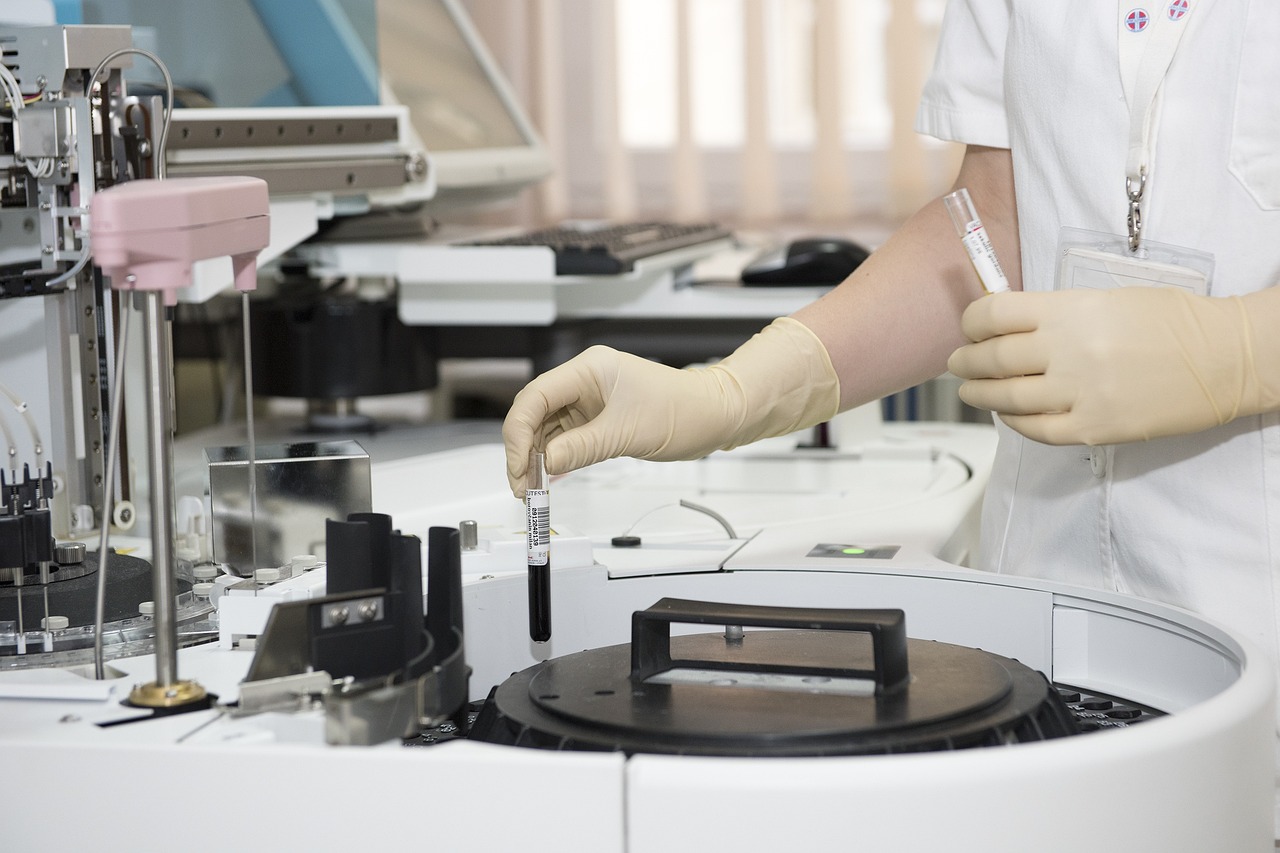Medical devices: what happens when nonconformities relating to stages of production effected by suppliers are detected?
When a medical device production process is defined, some of the production tasks may be outsourced to third party suppliers for technological and/or organisational reasons. Of course, this requires regular checks on the produced items, the manufacturing processes and the materials used in outsourcing; consequently, any nonconformities need to be dealt with.
What is a nonconformity?
A nonconformity occurs when a requisite of the medical device produced by the supplier fails to meet the standards established in the customer-supplier Quality Agreement. The Quality Agreement must include the technical specifications of the finished product, the raw materials and/or the packaging materials; it must also include details on production processes, efficiency, distribution methods and comprehensive information/specifications on those stages of production in which the supplier is involved.
What happens when a nonconformity is detected?
Once a nonconformity has been identified, the customer must log it internally and report it to the supplier. In turn, the supplier must correct the error, trace its causes and take appropriate corrective action to avoid any repetition of the nonconformity. It is the customer’s responsibility to verify the effectiveness of corrective actions implemented by the supplier.
Documenting nonconformities
All the above-mentioned actions must be documented by both customer and supplier by way of specific forms. The supplier form generally includes these fields:
- Identification of the nonconformity (number, date…).
- Description of the nonconformity.
- Description of the correction and the persons responsible for its implementation.
- Analysis of causes.
- Description of the corrective action and the persons responsible for its implementation.
- Assessment of effectiveness of implemented actions.
- Attachments.
The customer form generally includes these fields:
- Identification of the nonconformity (number, date…).
- Description of the nonconformity.
- Verification of any similar, previously-detected nonconformities that may have been logged and related references.
- Description of the internally implemented correction and the person responsible for such implementation (e.g. goods confined to warehouse, refusal to accept goods…).
- Description of the correction implemented by the supplier.
- Analysis of causes on the basis of supplier’s information.
- Description of corrective action implemented by the supplier.
- Checks on the effectiveness of corrective actions implemented by the supplier.
- Attached documents.

Foto di Darko Stojanovic da Pixabay




